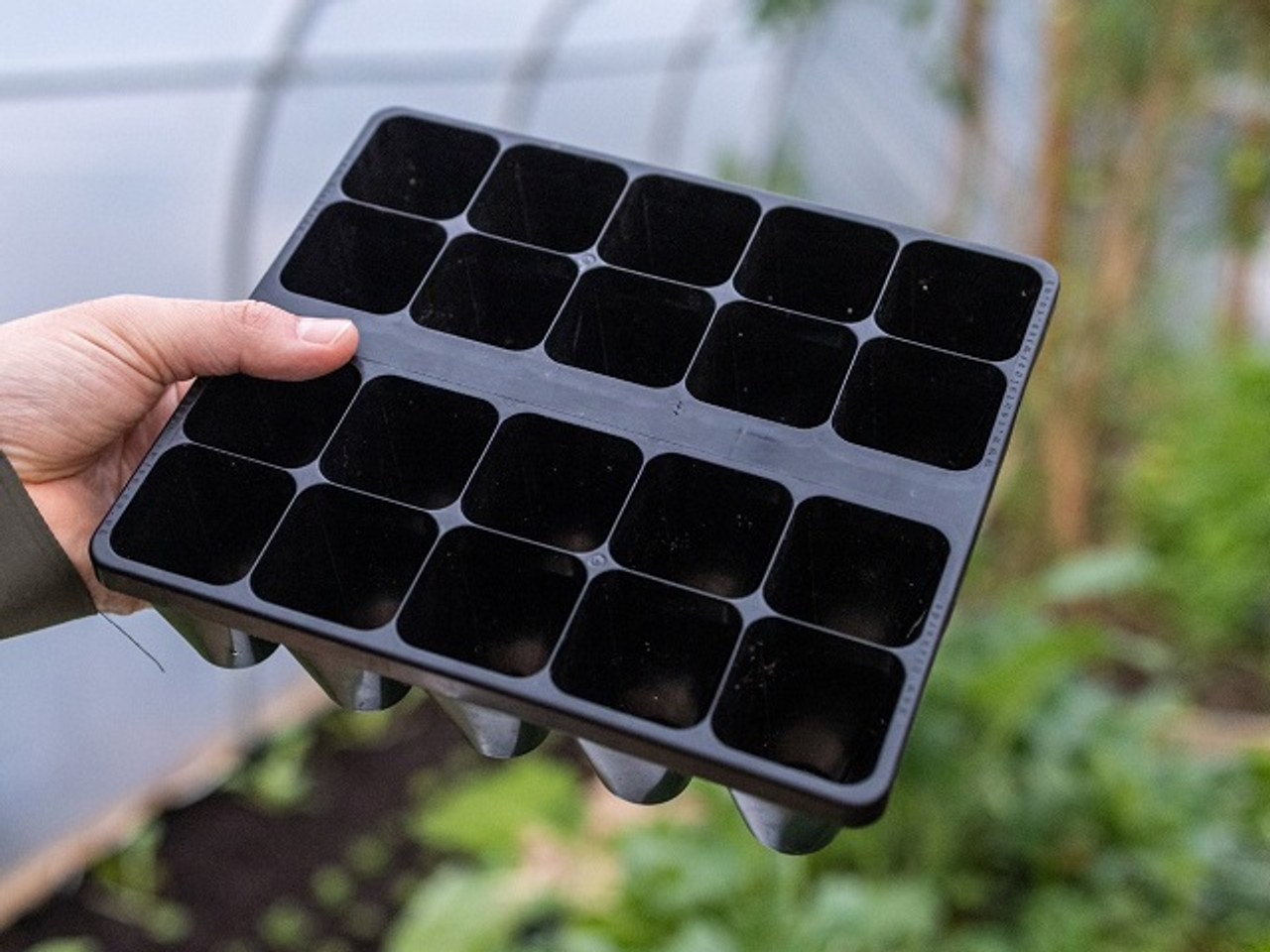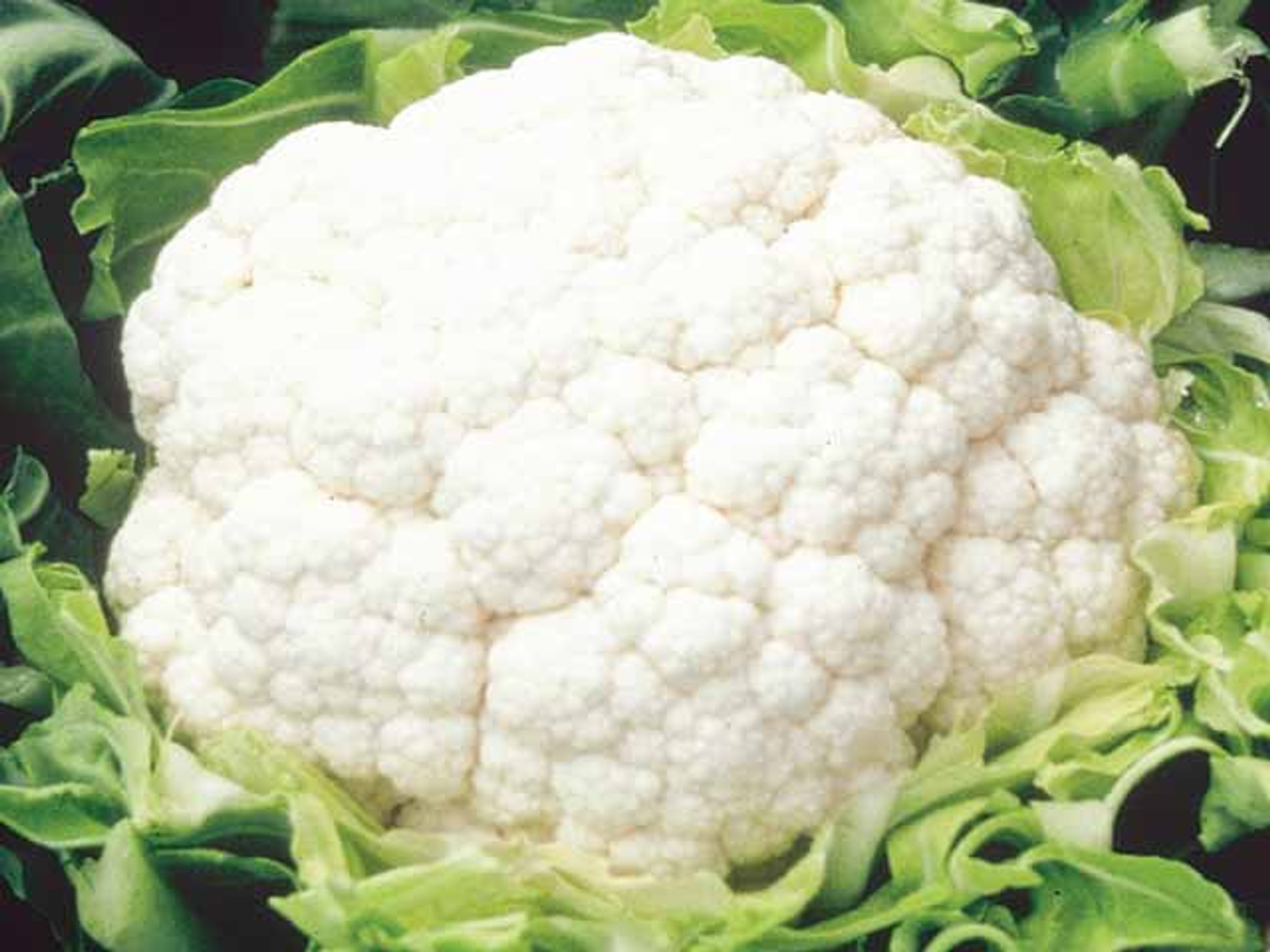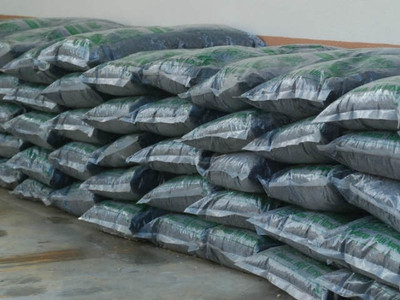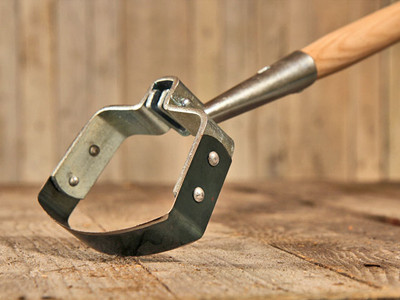The Vegetable Garden in April - Soil Preparation and Garden Tasks

I don't know what it has been like for you, but March has been a relatively dry month in my garden which meant I was able to do a bit more outside than I normally would. While I write this, however, hail is rattling against the windows of my office which is a good illustration of just how changeable April can be. I know I always urge caution in early spring but April is one of those months that will easily catch you out.
For most crops, the soil is not warm enough for seeds to germinate and the weather is too harsh for emerging seedlings. Having said that, April is one of the busiest months in the garden as we prepare beds and start seedling plants under cover so we are ready to plant in May, only 3 weeks away.

April in the Vegetable Garden - What Can You Sow?
Related ArticleTo keep things from getting too lengthy, we have a separate article on what plants to sow or start under cover in April that you can view at the above link. In this article we will focus on general garden tasks and preparation work as peak planting season approaches.

Planning - new succession plan
April is also about planning the garden and deciding what goes where for your spring sowing and planting. What can replace crops that are harvested in summer (succession growing)? Early or 'new' potatoes, for example will be out of the ground in late June when there is still plenty of life left in the season, so the bed can be used for a follow on crop.
You can see in my 2022 plan above that new potatoes (bottom left) will be followed by late leeks (which I will be growing in old fish boxes for transplanting when the beds free) or by winter savoy cabbage (again, I will have seedlings ready to plant in summer).

Taking an hour or so to work out a plan makes a huge difference, and will save you a lot of head scratching and stress in May. Planning where crops are going means you can organise succession growing and crop rotation, but it also means you can get your soil prep right for the plants you want to grow.
For example, hungry crops like cabbage, brussels sprouts or cauliflower like a firm footing and will need plenty of nitrogen (so they like manure); whereas carrots need a light soil with plenty of phosphorous for root growth. Also while cabbages love manure, it is not advisable to add it to a carrot bed - or the roots will fork as they look for the nutrient pockets.

Preparing beds
Once you know what goes where, you can start preparing your beds if you haven't done so already. The reason the dry weather in March was so welcome is the soil also dried a little after winter, making it safe to work. You should avoid working wet soil if possible, because it drives out the air spaces and compacts it. So if it's wet, you can stay on the sofa.
We have already covered soil preparation so I don't want to sound like a stuck record, but try to add plenty of organic matter (e.g. garden compost, well rotted manure, old mushroom compost, envirogrind, seaweed or whatever you can get your hands on).

Envirogrind Enriched Compost 850L
View ProductIt is much better to add any soil feed to the surface of the soil rather than digging it in: to avoid compaction (as above), but also because digging breaks up both beneficial fungal networks and burrows (which aid drainage) made by the creepy crawlies in your soil.

If you don't have compost to cover your beds I would highly recommend 'Envirogrind', which is a mix of composted green waste and fish waste. It is definitely the best product of this type; it contains only a very small amount of woody material (all municipal composts will contain some) and is properly composted to a very well-finished consistency. You can see a tonne bag of it in my trailer above which I use for my large garden, but we also supply Envirogrind in smaller 60 litre bags.
There are loads of options for soil and plant feeds but, if you want to keep it simple, add Envirogrind to all your beds with an even covering of 4-5cm and rake it into the first 10cm or so of the soil surface. If you intend to grow heavy-feeding crops like brassicas (cabbage family), courgettes or pumpkins, also rake in 'Seafeed' seaweed and poultry manure pellets at approx. 200g per square metre. That should be all you need for the season.

Seafeed Natural Seaweed Extract & Poultry Manure Fertilizer
View Product

Weeding
As soil temperatures begin to rise in April, deep root perennial weeds re-awaken and annual weed seeds begin to germinate. If weeds get a foothold, they become a chore but if dealt with early they are easy (and quite satisfying) to control. Weeds not only compete with your crops for valuable nutrients, they can also harbour disease and impede good air circulation around your crops.
There is no point in removing the tops of deep root weeds like dandelion or dock as they will quickly re-appear; spend some time with a trowel or narrow spade loosening the root and removing as much as possible. If the tip of a deep root breaks off underground it doesn't really matter, as the remnant probably won't have enough stored energy to make it to the surface - but get as much as you can.

Annual weeds like the very common hairy bittercress (above) will flower and produce seed surprisingly quickly. It can complete a full lifecycle (from a single seed to a plant producing hundreds of seeds) in only 5-6 weeks. If bittercress or any of its friends (e.g. chickweed, fat hen or groundsel) is allowed to produce seed in April, you will have a lot more work to do for the rest of the year - so best to keep on top of them now.
Thankfully, annual weeds have shallow root systems and are very easy to remove when small by hoeing the surface of the soil. If the day is dry and sunny, they can be left on the soil surface where they will die but if it's damp, collect them up. If you have left it late to tackle them and they are beginning to flower, they may have viable seeds - so it is best to remove them.

Feel good factor
If you want to get more satisfaction from hoeing your beds, imagine you are having your back scratched! I think the garden feels the same way. The other advantage of shallow hoeing (apart from controlling weeds) is that it breaks the top crust of the soil, which improves drainage and allows beneficial organisms in the top layers of the soil to breathe.
Scratching your garden's back regularly throughout the season keeps your soil life happy, which in turn keeps your plants happy; it is a task with multiple benefits so should also make you happy!

The Stirrup Or Oscillating Hoe
View ProductAs with soil feeds there are many hoe options, but - to keep it simple - the oscillating hoe is the best in my opinion. It has a thin sharp blade (that actually sharpens as it wears) and cuts on both the push and pull stroke, so is a very efficient tool. Alys Fowler of BBC Gardeners World fame pronounced it 'the best hoe in the World' which I think pretty much covers it.

Deep watering a greenhouse or polytunnel
If you have a greenhouse or polytunnel that has been unused for the winter the beds will be very dry by now. Bear in mind that watering when you are sowing seeds or planting seedlings in the soil will only wet the surface; it will take a lot more irrigation to address the moisture deficit deeper down. Large indoor plants like tomatoes or cucumbers have deep taproots that will be looking for moisture below, so you will need to build moisture levels back up.
The most effective method is to dig holes of about a spades depth in the soil and fill with water. The pools will slowly drain into the surrounding soil, at which point you fill them up again. When the water takes a long time to drain away, you will know the soil is properly saturated and the holes can be refilled.

Horticultural fleece
Apart from protecting from frost, fleece also protects from the worst of the weather and is invaluable for starting off crops in early spring. Only this weekend I used it to cover onion and shallot sets (to prevent birds from pulling them up) and covered an early planting of broccoli calabrese to help it get established.
Outdoor planted seedlings will benefit greatly from a layer of fleece in April. Remember that wet and windy weather is almost as damaging as frost. It is all about shelter in April, when conditions can swing from pleasant and sunny to wet, cold and windy in a heartbeat.

Heavy Duty Garden Fleece Rolls 2m x 100m
View ProductI also use it inside the polytunnel on cold nights to cover tomatoes or peppers on the heat bench as a polytunnel provides very little frost protection (typically only one or two degrees).
Potato shoots (which will be coming up in April) are easily damaged by freezing temperatures so will either need to be earthed up (pulling soil up around emerging stems) or covered by a layer of fleece.

Hardening off
You will also be aware of the term 'hardening off' which is the practice of getting indoor sown seedlings gradually used to outdoor temperatures before planting them outside permanently. This is done by placing trays outside in reasonable weather but back in at night for a few days - which can be a chore if you're busy and have a lot of trays.
In reality, while polytunnel or greenhouse started plants will have benefited from warmer daytime temperatures, they will still have experienced significant cold at night (in an unheated tunnel) so have already been hardened off to an extent.

Huw Richards 20 Cell Tray
View ProductMy tip is that conditions under fleece will be similar in terms of temperature and protection than those in an unheated greenhouse, so a layer of fleece can do the hardening off task for you. I would not recommend this until mid April but if we have a cool May like we did last year, fleece will get you going quicker with less risk of casualties.

Harvesting
As regards harvesting now, kale plants will be starting to go to seed. If you get the heads before they flower they are deliciously tender, a bit like a lighter version of purple sprouting broccoli. Another real April treat is spring cabbage - which will be ready to pick from mid month (sown last Autumn) - and overwintering cauliflower. The variety pictured above (which I took at the weekend) shows 'Aalsmeer', which I sowed last summer and is now producing perfect dense heads of creamy cauliflower.
If it survives the winter well, overwintering cauliflower has an advantage over summer heads: in that there are fewer pests around and, due to lower April temperatures, it will stand for longer without going into flower.

Cauliflower 'Aalsmeer'
View ProductI am also harvesting the last of the Brussels sprouts and flower sprouts, clearing and composting the beds as I go. I still have a nice bed of late winter leeks in the garden, but these really need to be used soon or they will start to go to seed.



